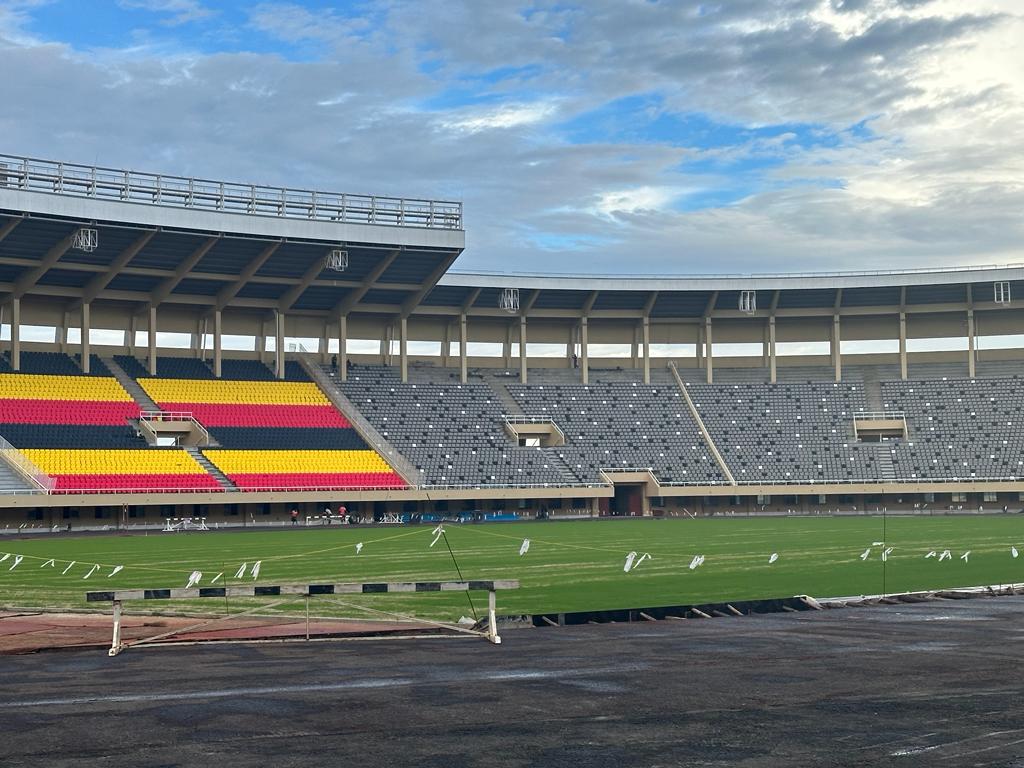By JAMES OPONDO
As the 2023 Africa Cup of Nations continues to entertain football lovers across the world, Kenya, Uganda and Tanzania are working extra to make the East Africa’s ‘Pamoja Bid’ a reality. This will be history for the three East Africa nations to host the 2027 Africa football extravaganza. A vote conducted by members of the CAF’s committee during the meeting in Cairo on the 27th of September last year, the joint candidacy of Kenya Uganda and Tanzania beat other bids from Senegal, Egypt and Botswana.
In the year 1996, Kenya was given the opportunity to host the football fiesta by CAF but were latter stripped off due to lack of stadiums. This is a route that most Kenyans do no want the country to take with the cabinet sitting last year December to kick start the milestone of doing the infrastructure. The cabinet which was chaired by president William Ruto said Kenya hosting AFCON would help in the growth of football in the country with the national team also targeting the 2030 world cup qualifications.

Kasarani Stadium-Nairobi
“As a stepping stone towards the target of Harambee Stars qualifying for the Fifa World Cup in the year 2030, Cabinet approved the proposal to host the Africa Cup of Nations in 2027, alongside EAC partner states. Cabinet noted that the joint bid would deploy the power of sports in furthering regional integration," cabinet's resolutions.
Tanzania has played in three Africa cup of Nations with Uganda gracing the tournament in seven different occasions. Kenya has appeared in six AFCON tournaments with the latest on being in the year 2019 where they were eliminated in the group stages. With the host nations spared the struggles of qualifying for the tournament, there will be need to have more friendlies to avoid the embarrassments of leaving the competition early.
Kenya has already started the journey of renovating and building new stadiums as required by CAF that the AFCON host must have six stadiums in readiness for the tournament. In Kenya, Nyayo and Kip Keino stadiums were handed over to the Kenya Defence Forces for the renovations with Talanta Stadium being built to international standards before the end of 2025.
While inspecting the Bukhungu stadium in Kakamega county, the Cabinet Secretary Ababu Namwamba said that the Kasarani stadium will be completely unavailable for use for at least 16 – 18 months as it undergoes renovations in preparations for the 2027 Africa Cup of Nations.
“For instance we have closed Kasarani Stadium already, and so international events like the Kipchoge Keino classic, which is an international event, we have had to find an alternative venue for it (Nyayo Stadium).

Namboole Stadium
“All teams that use Kasarani for their home Kenyan Premier League games have had to be relocated to alternative venues because that stadium is going to be inaccessible for at least 16-18 months as we seek to completely upgrade it and overhaul it.”
Completion of the 42,000 seater Nambole stadium in Uganda is a step in the right direction for the ‘Pamoja Bid’. Uganda will also provide venues in Hoima and Lira where new stadiums will be built. In Tanzania, Benjamin Mkapa Stadium is being refurbished with new venues earmarked in Zanzibar and Arusha.
While many East Africans are still not aware of the opportunities that comes with hosting such kind of a continental show piece, the benefits are immense. The transport sector will receive a big boost ferrying spectators to the stadiums. Visitors, athletes and various media personalities from all over the world will inject money in the hotels and tourism sites. This is an opportunity for the East Africa Community with clock ticking before CAF does the last inspections.






